Open Menu
Search

At the foot of Montjuïc in Barcelona’s El Poble-sec neighbourhood, interior designer Rocco Bibbiani had a limited budget and a big ask: turn 52 square metres into a home primed for entertaining friends and hosting family. A little Catalan style and Bauhaus spirit wouldn’t hurt either.
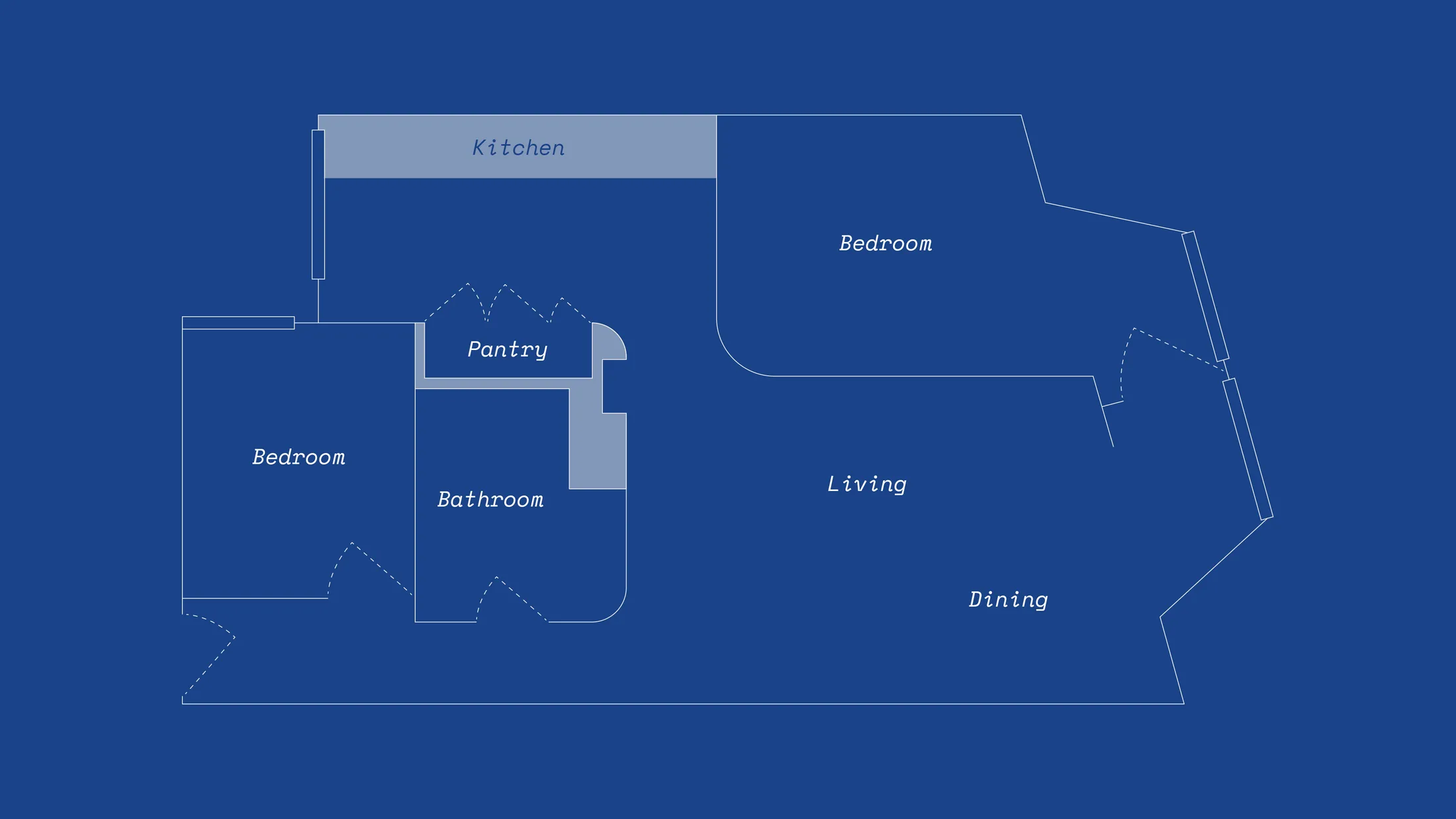

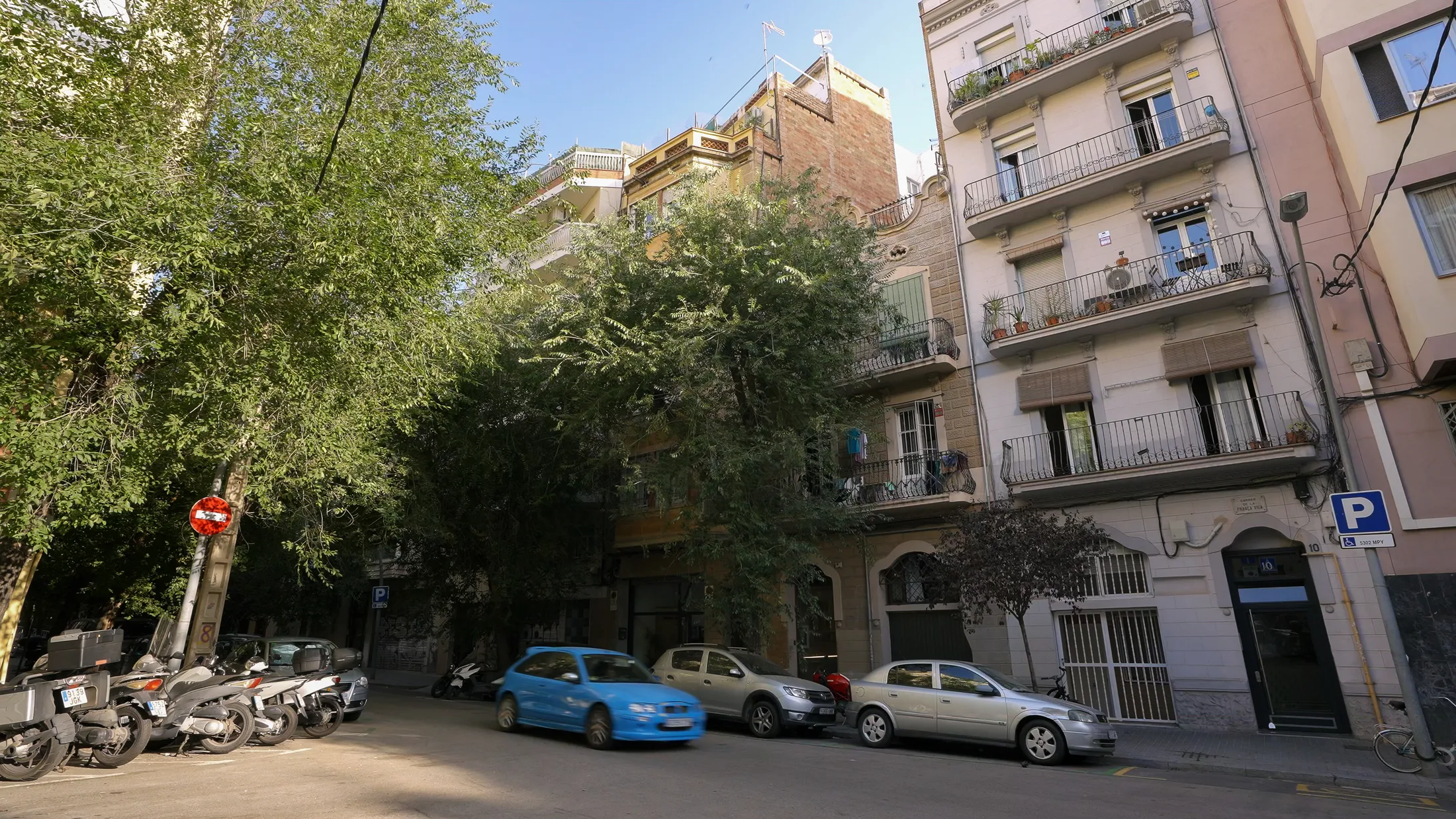
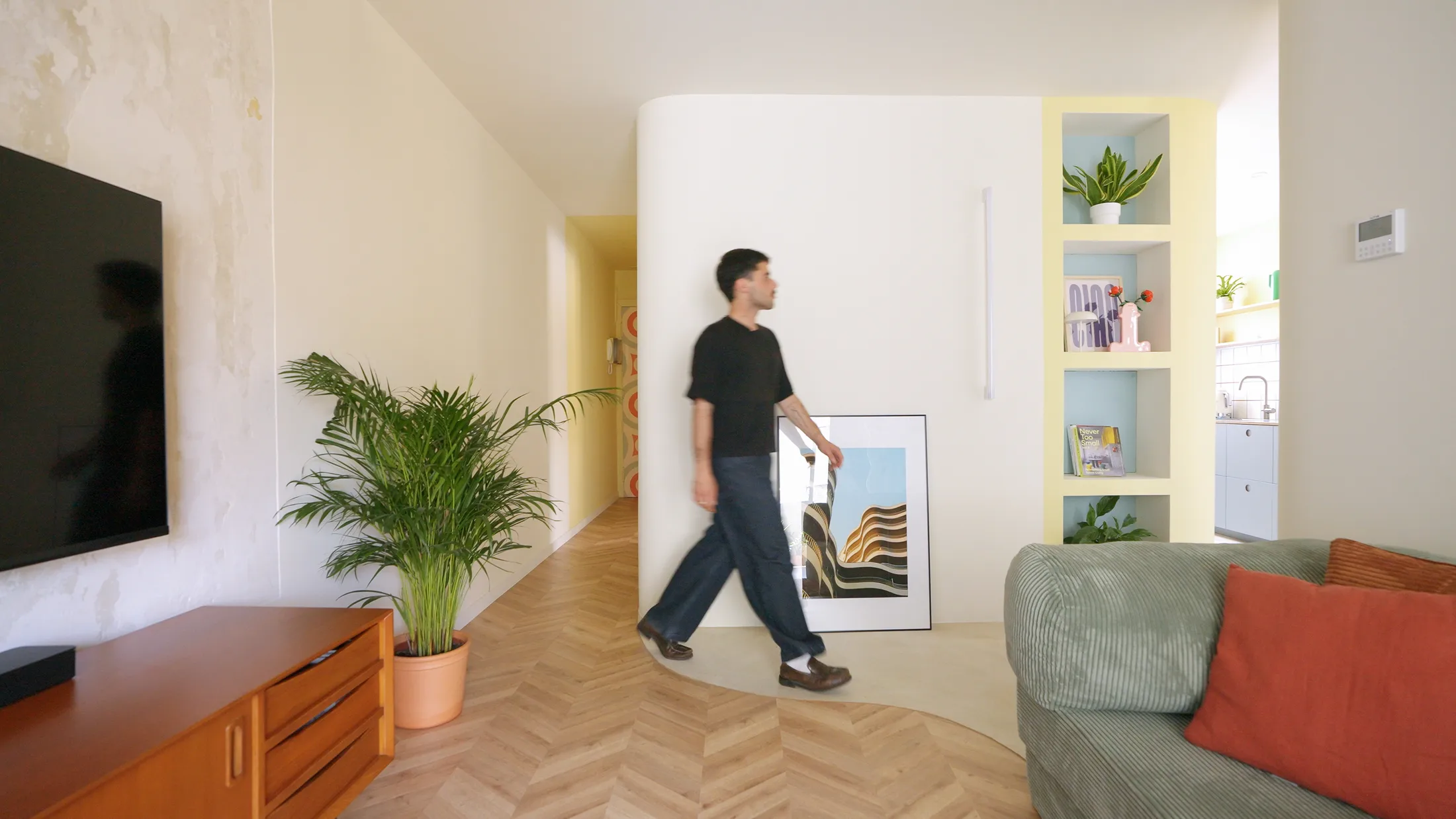
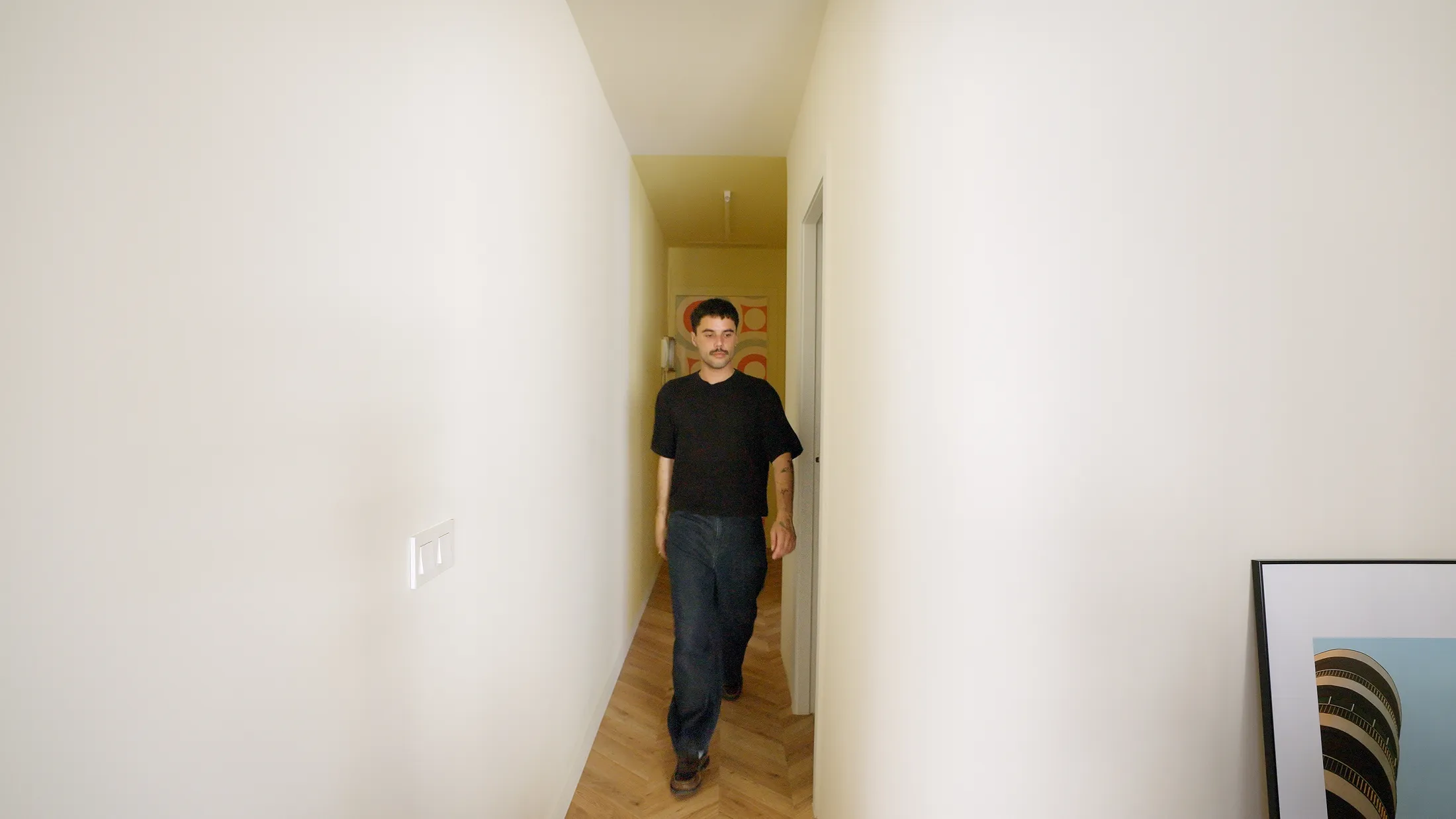
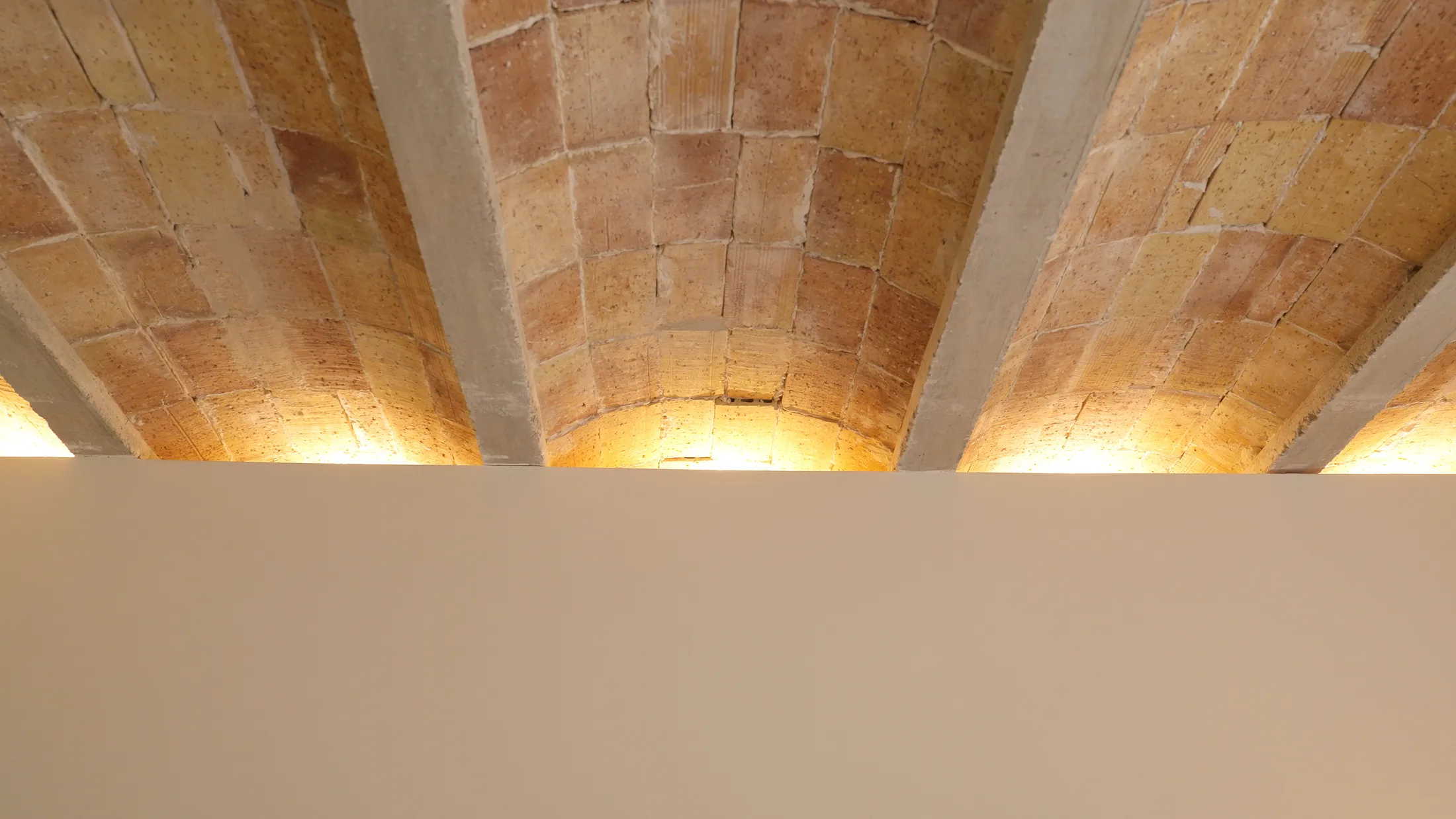
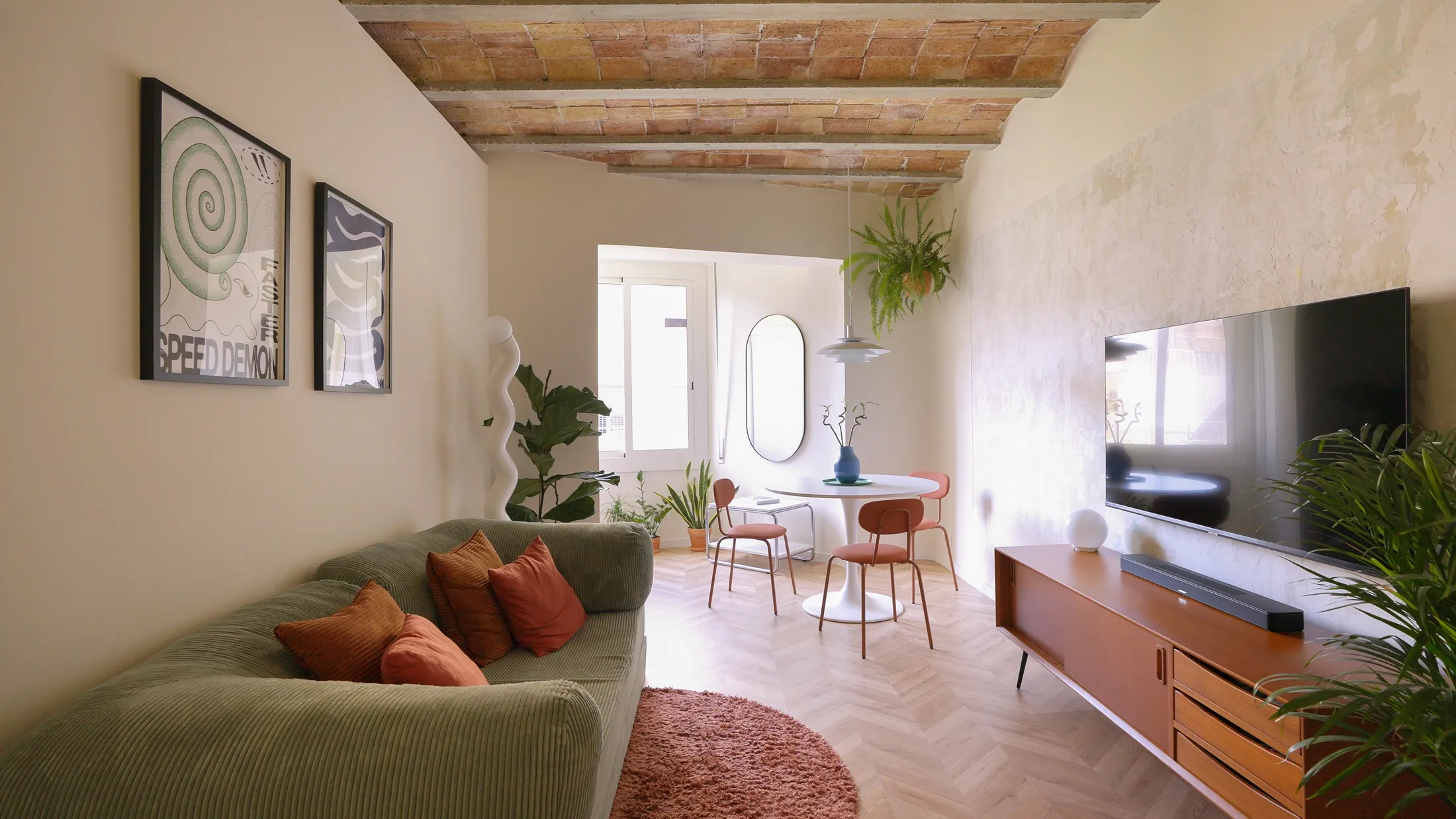

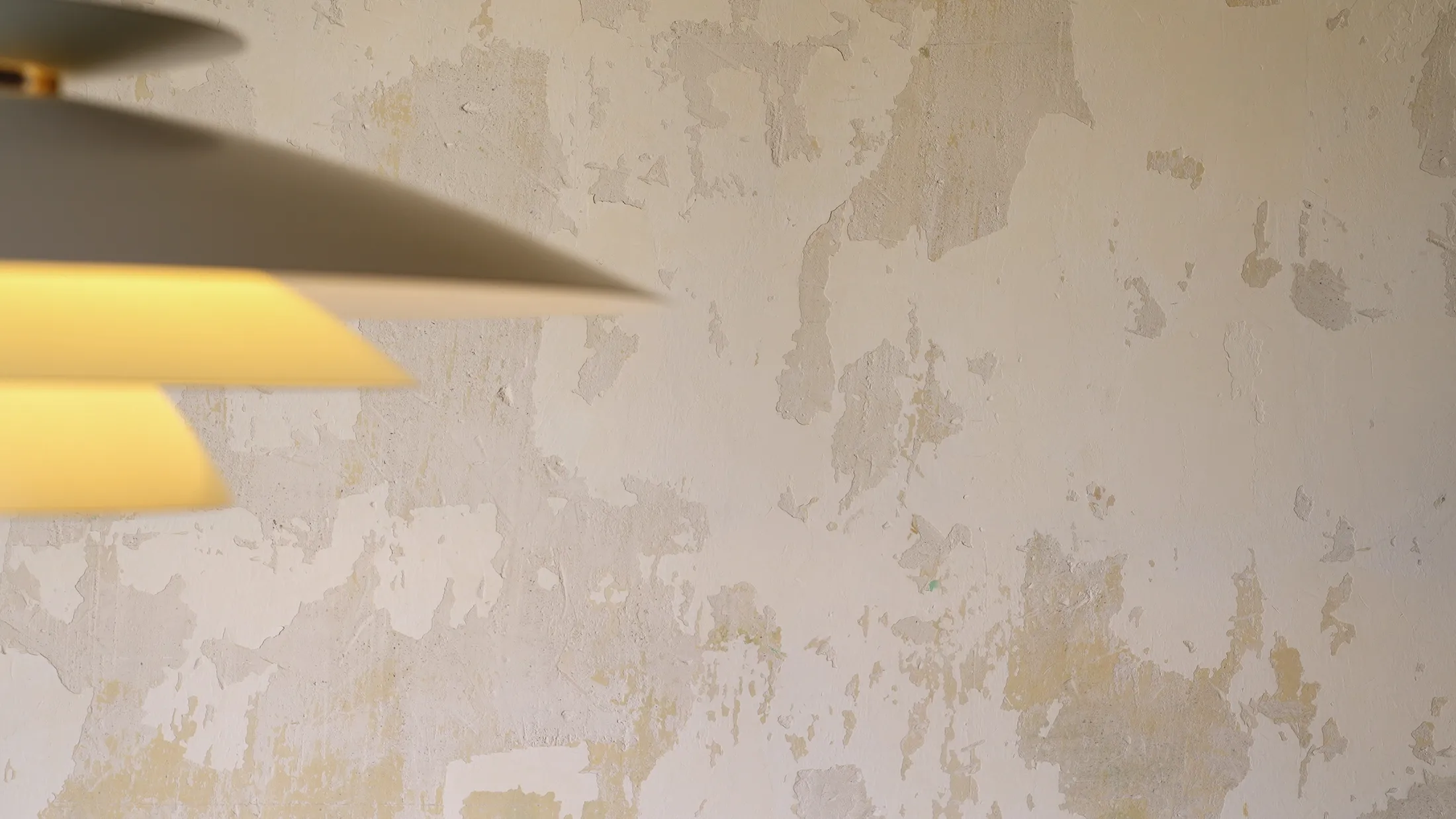
“The design idea was to honour and highlight the apartment's own history.”
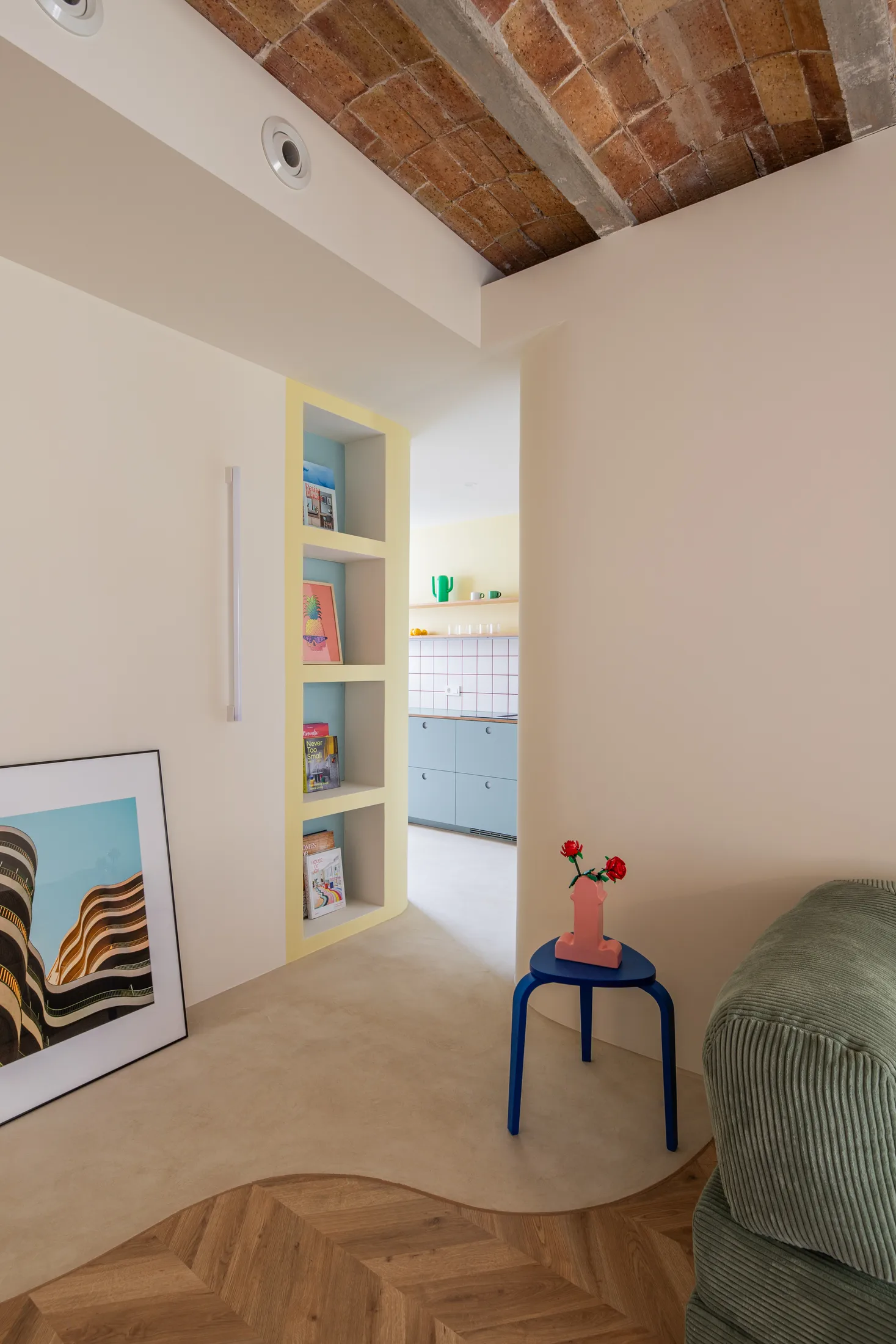
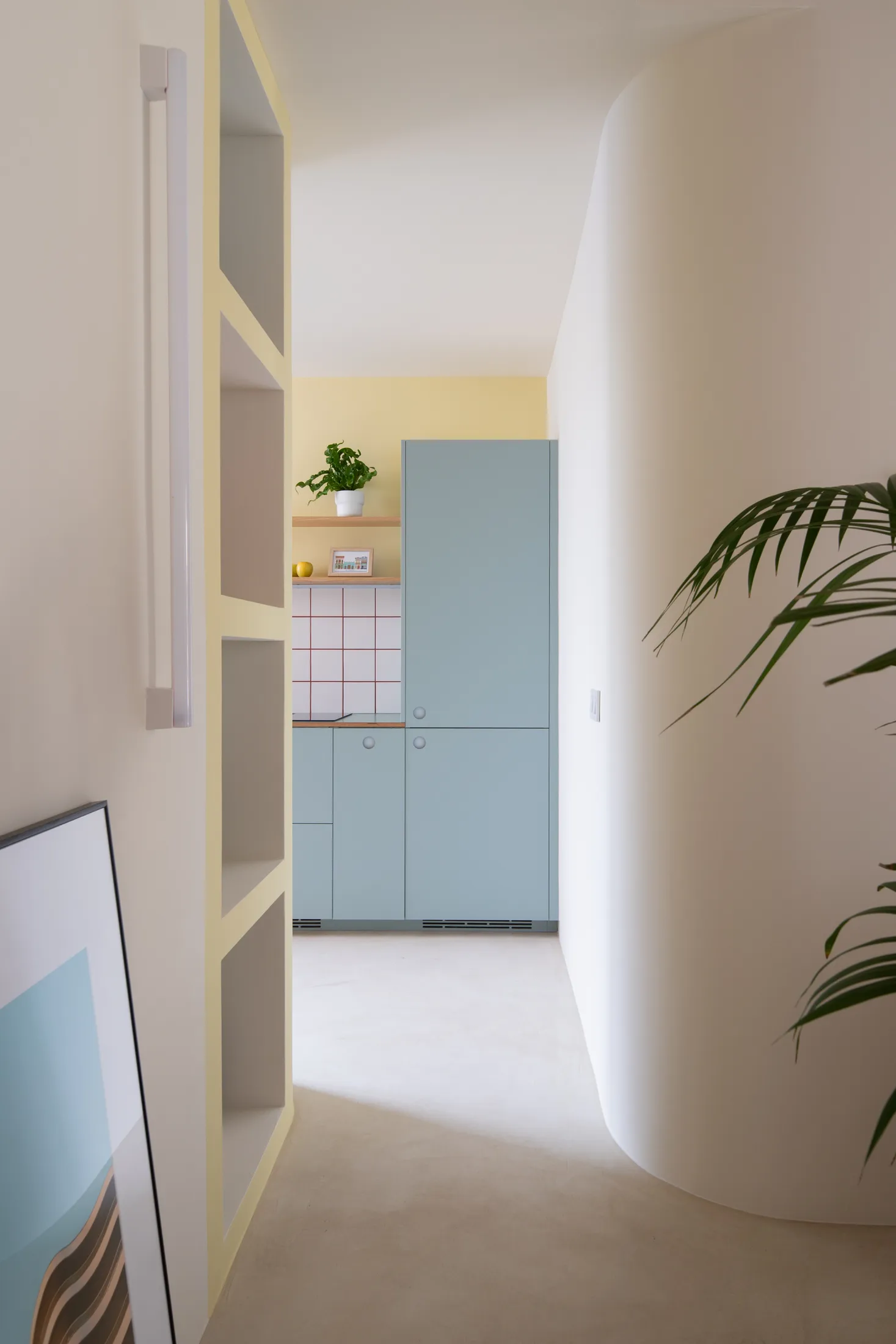
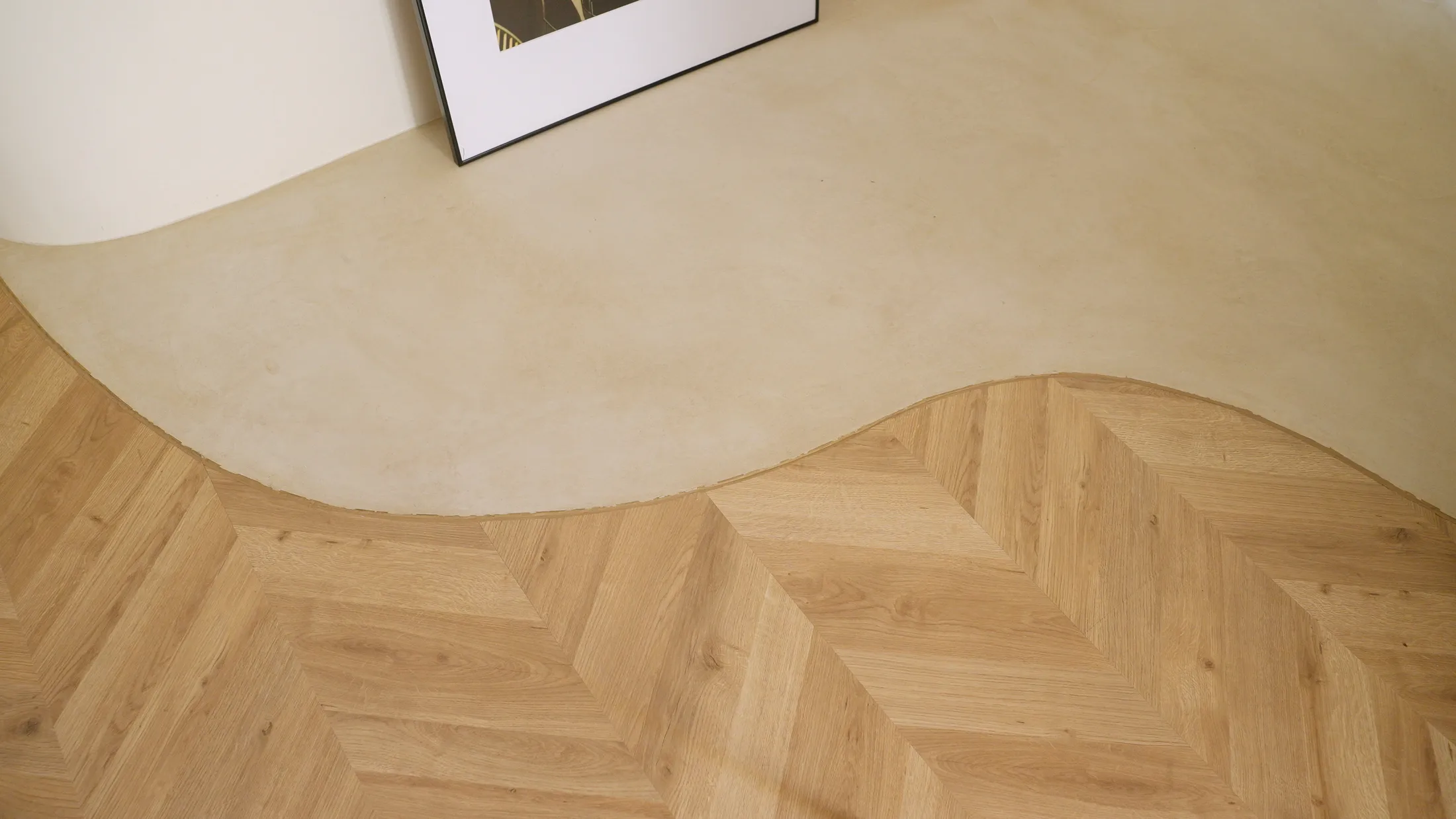

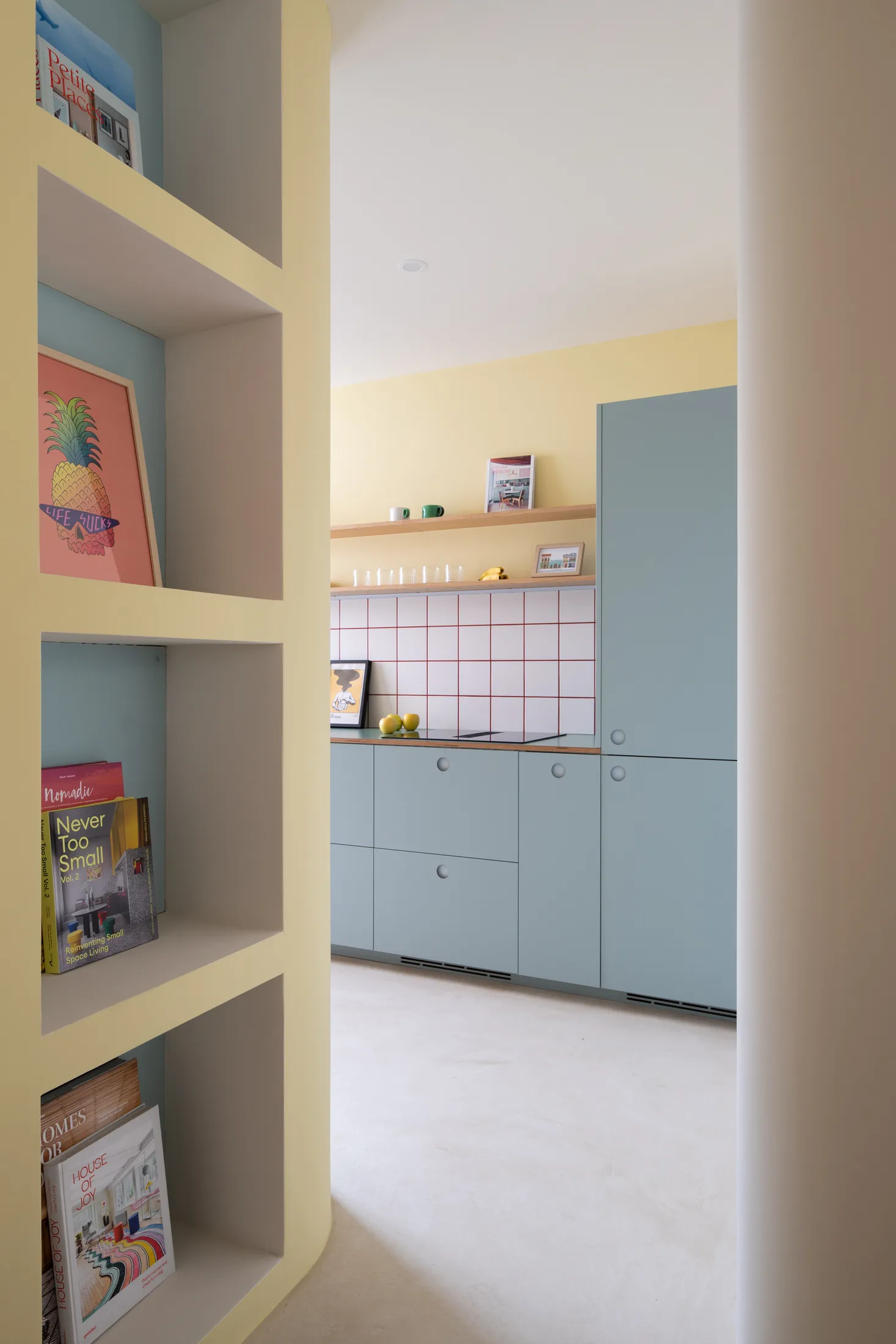
“As earlier designers of Bauhaus did, we placed colours in large areas to define spaces and add volume to the design.”


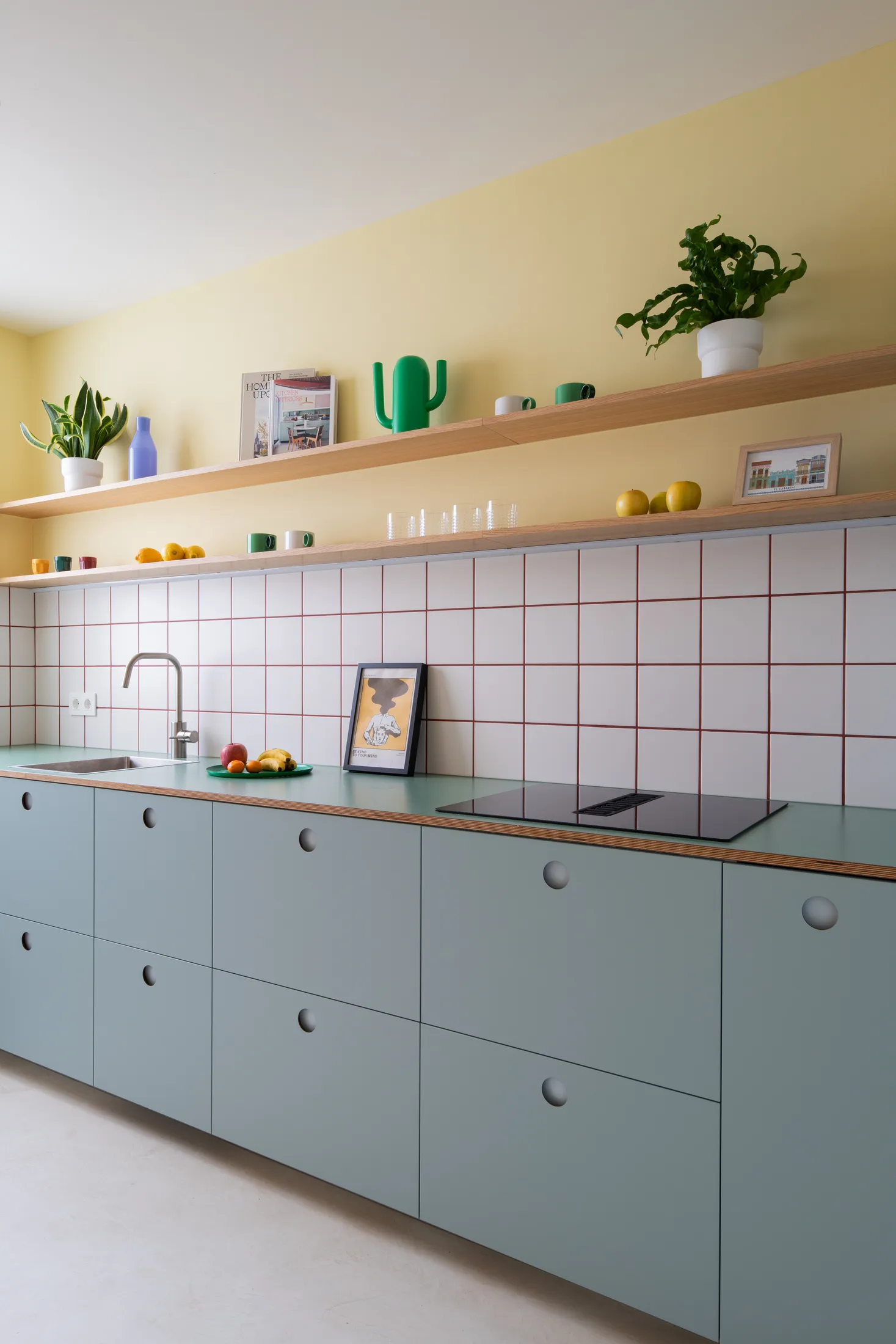


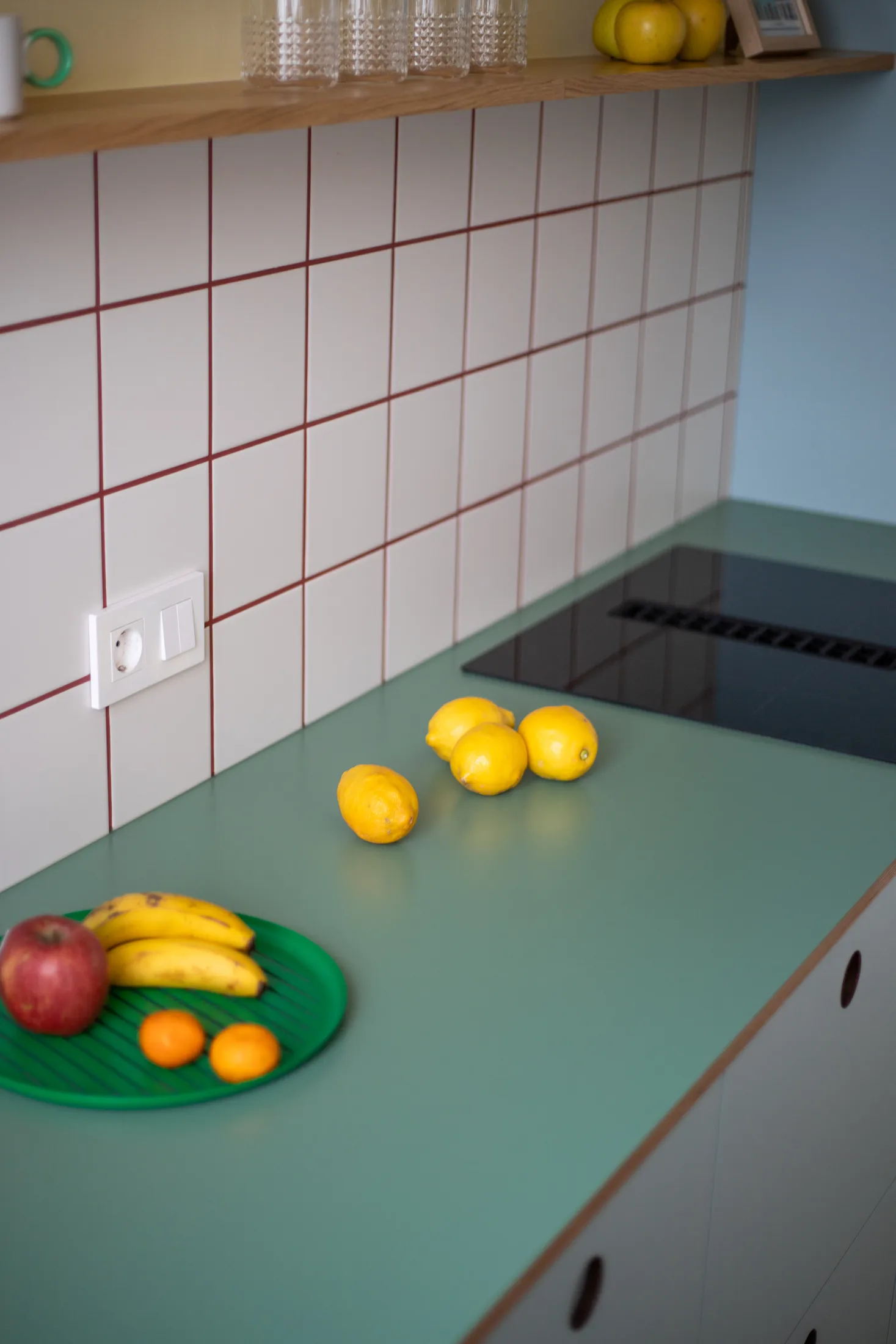
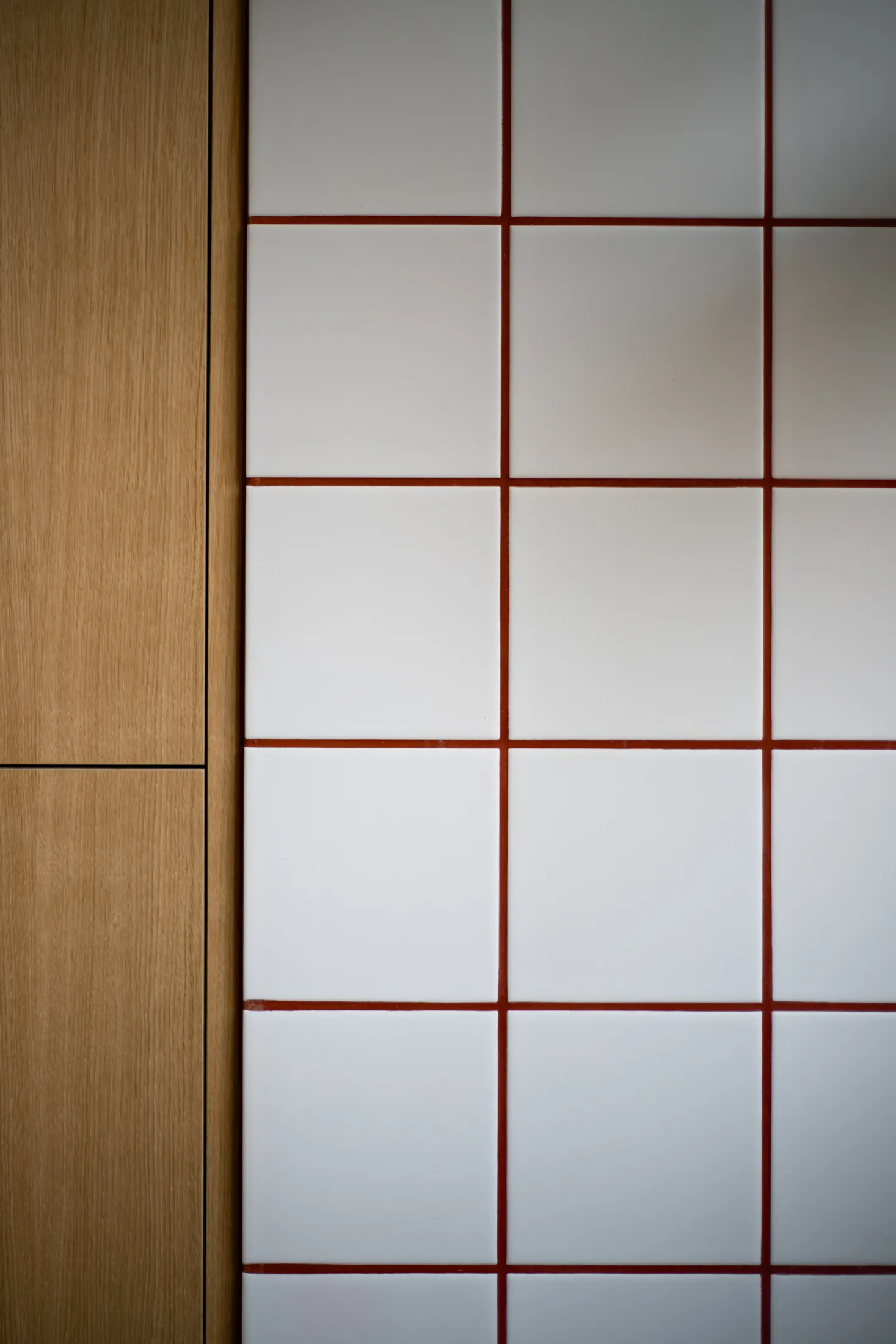
“The colours of the kitchen ended up defining the palette for this entire apartment.”
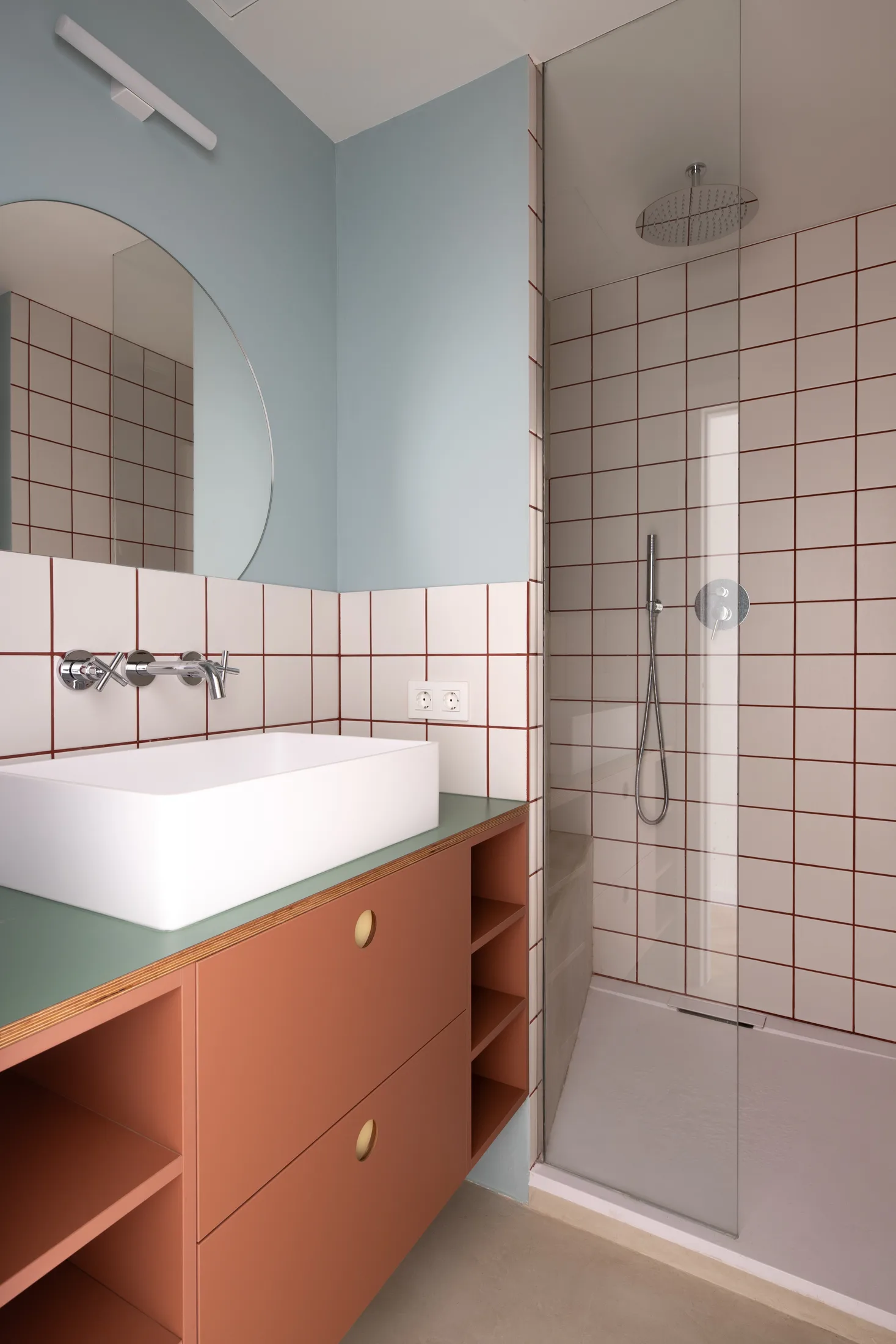
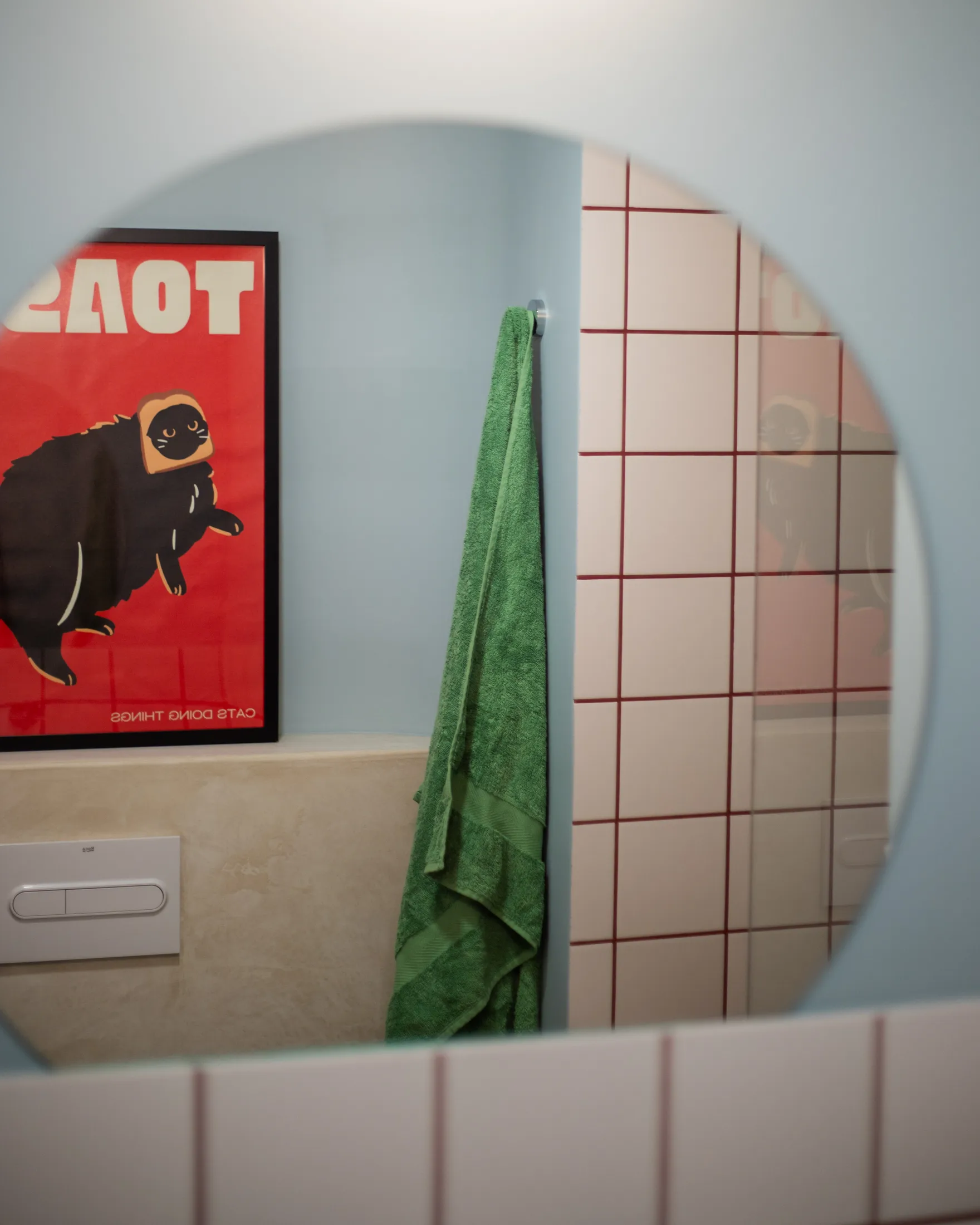
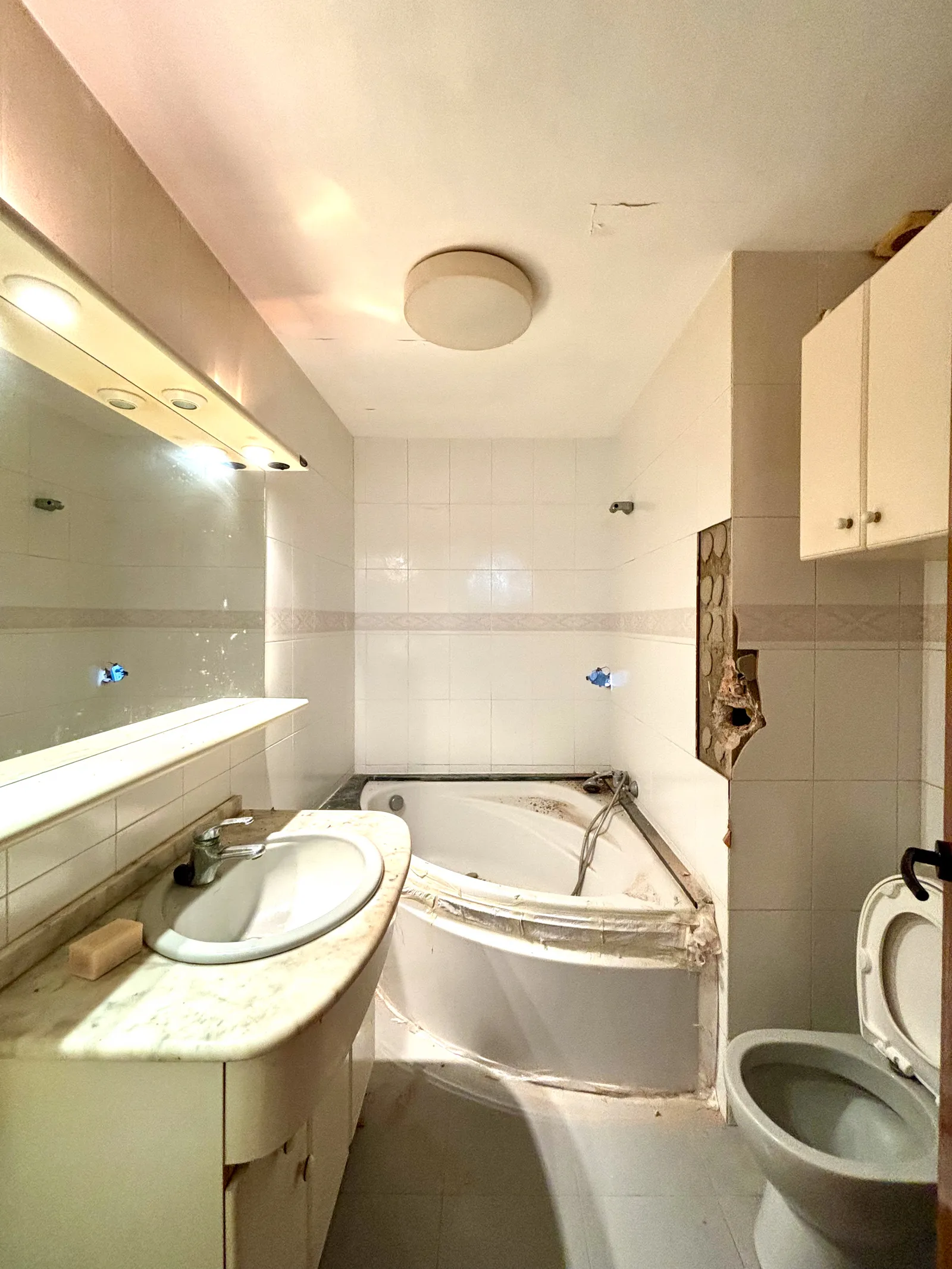
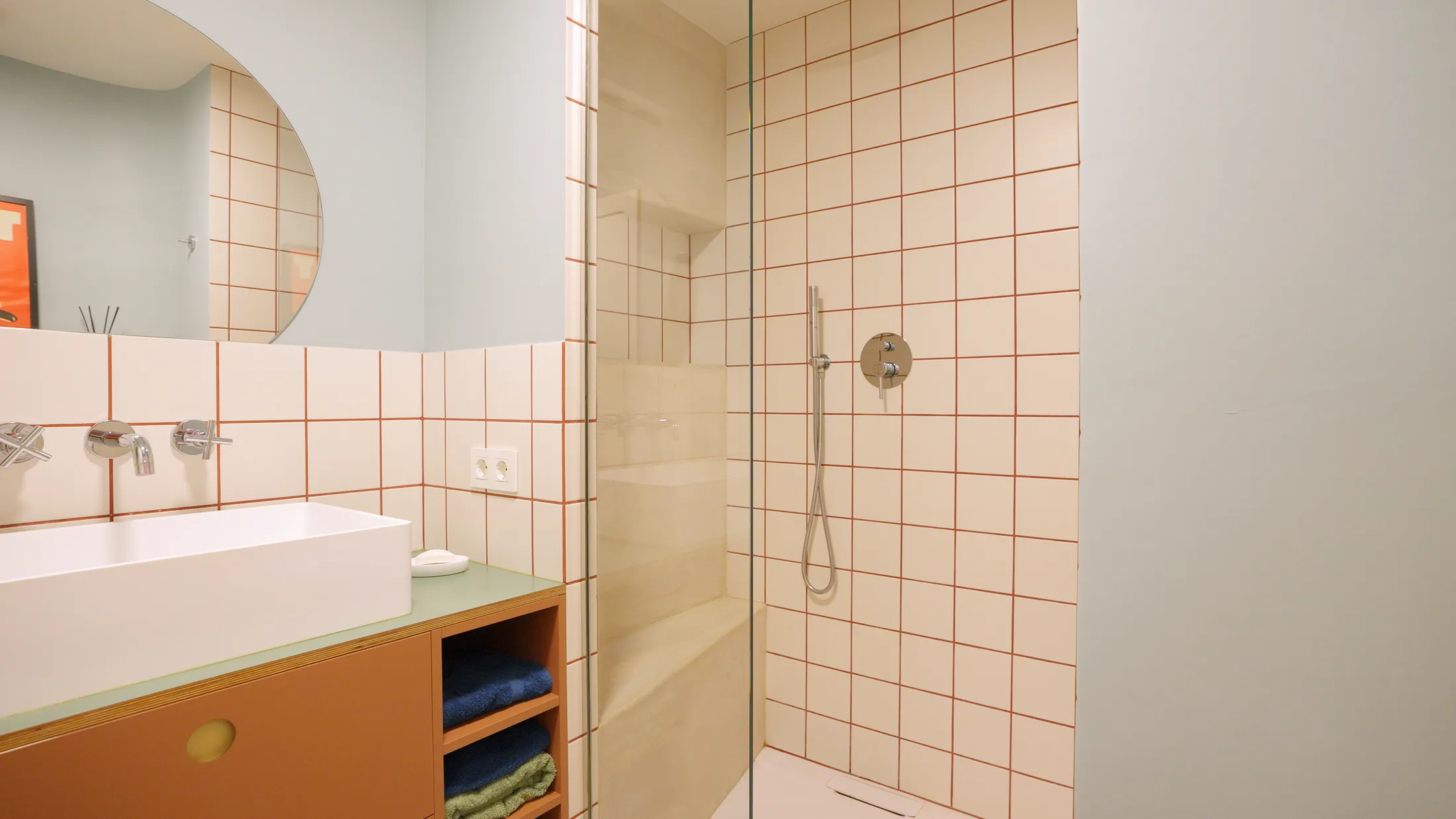
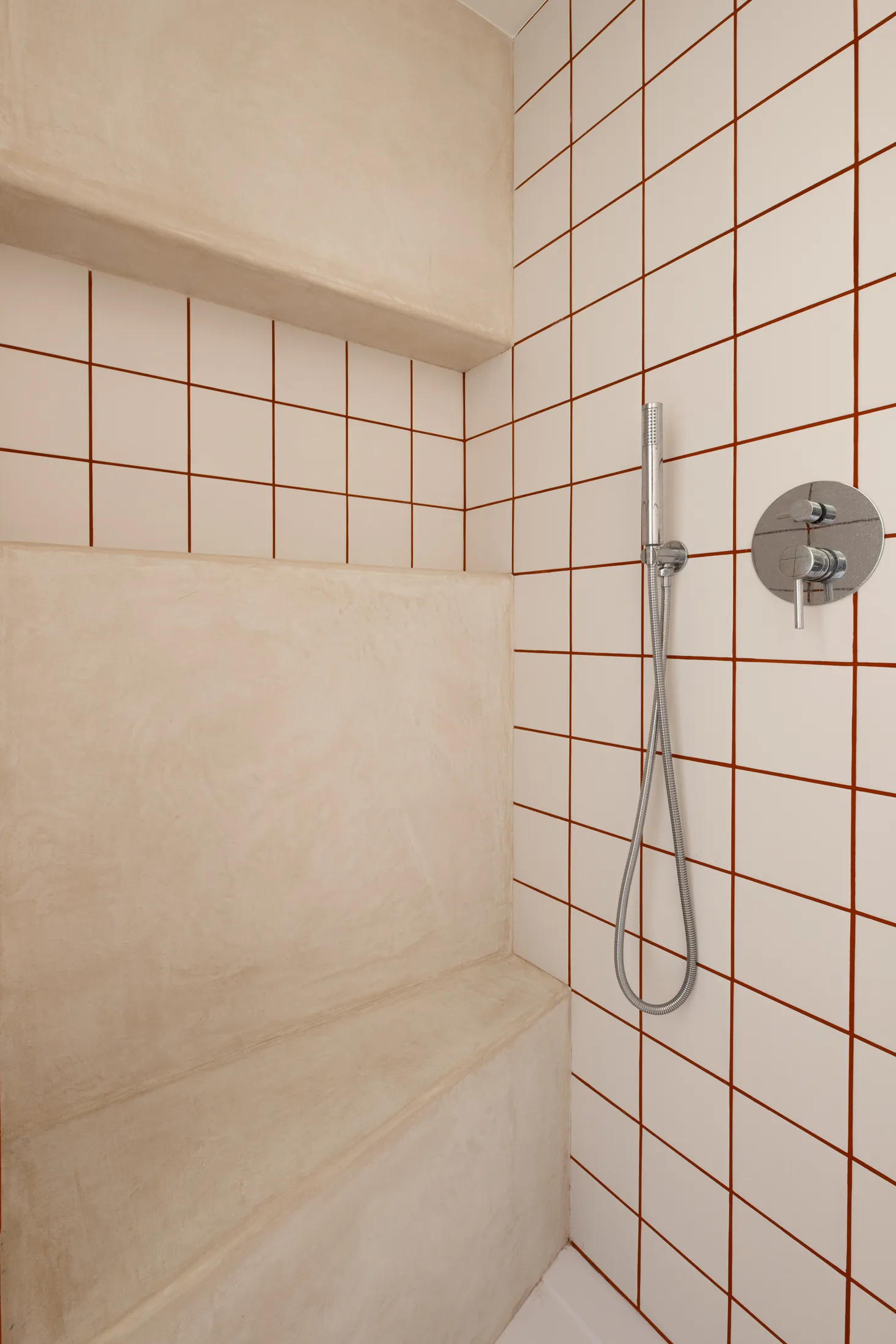

Interior designer Rocco Bibbiani thrives on the creative possibilities of compact living. And in França Xica, a fourth-floor apartment located in El Poble-sec in Barcelona, the founder of NOT A STUDIO was in top form, transforming a simple 52sqm (559sqft) into a colourful, curving home filled with clever details and functional touches.
Bibbiani’s task began when the apartment’s owner, a young Argentine living in Barcelona, was ready to have a place that felt like his own – somewhere to host dinners, welcome visiting family, and reflect his playful spirit. Working with a tight budget and a good floor plan, Bibbiani focused on preserving the apartment’s existing bones while breathing life, light, and movement into the space.
The design started with subtraction: doors between rooms were removed, walls softened with rounded corners, and transitions between spaces blurred. A bright yellow hallway welcomes guests, complementing a unique front door covered in retro ’70s-patterned wallpaper. It’s an early hint at Bibbiani’s core motivation to balance old and new. “The design idea was to honour and highlight the apartment’s own history,” Bibbiani tells Never Too Small. At the end of the hall, the living room reveals original Catalan vaulted ceilings and layers of exposed plaster – preserved and framed like artwork to showcase the apartment’s past. “We wanted to uncover and restore some of the original features,” he adds.
With the apartment’s historical elements uncovered, Bibianni then layered in comfort and character. A green OMHU sofa that doubles as a guest bed brings both playfulness and practicality, while a mix of vintage finds and IKEA pieces keeps the style approachable. Even the lighting – a 1970s ceiling lamp from the beloved vintage shop El Recibidor – adds to the blend of past and present.
The kitchen celebrates the Bauhaus influence as a utilitarian space brought to life by playful shapes and smart colour placement. “As earlier designers of Bauhaus did, we placed colours in large areas to define spaces and add volume to the design,” Bibbiani shares. “It helped us create a thoughtful and playful design while staying within budget.” The customised IKEA and Cubro cabinetry in sky blue and green creates a defined zone, while red-grouted white tiles add a striking contrast that draws the eye from the living area.
The adjoining bathroom mirrors the same playful energy of the kitchen, but flips the tones: blue walls, terracotta fronts, and a microcement shower bench that conceals plumbing and mimics the apartment’s sculptural softness. “This element has become a distinctive hallmark in our projects due to its functionality and aesthetic appeal,” he explains.
For as far back as he can recall, Bibbiani has been drawn to the idea of compact living. “I longed to travel in a motorhome, live in a treehouse, or own a boat,” he says. “Funnily enough, none of these have come true yet!” Still, that childhood fascination with small, efficient spaces has clearly shaped his design philosophy today.
His passion has carried that same spirit of play and practicality into his work, Bibbiani explains: “For me, the challenge of maximising every centimetre and transforming a limited space into something functional, aesthetic, and full of personality is a genuine source of enjoyment.”
In the end, what began as a personal dream of living small has evolved into a design ethos – one that not only celebrates compact living but also finds harmony between past and present. For Bibbiani, small spaces aren’t a limitation but an invitation to preserve history, embrace practicality, and design with imagination.